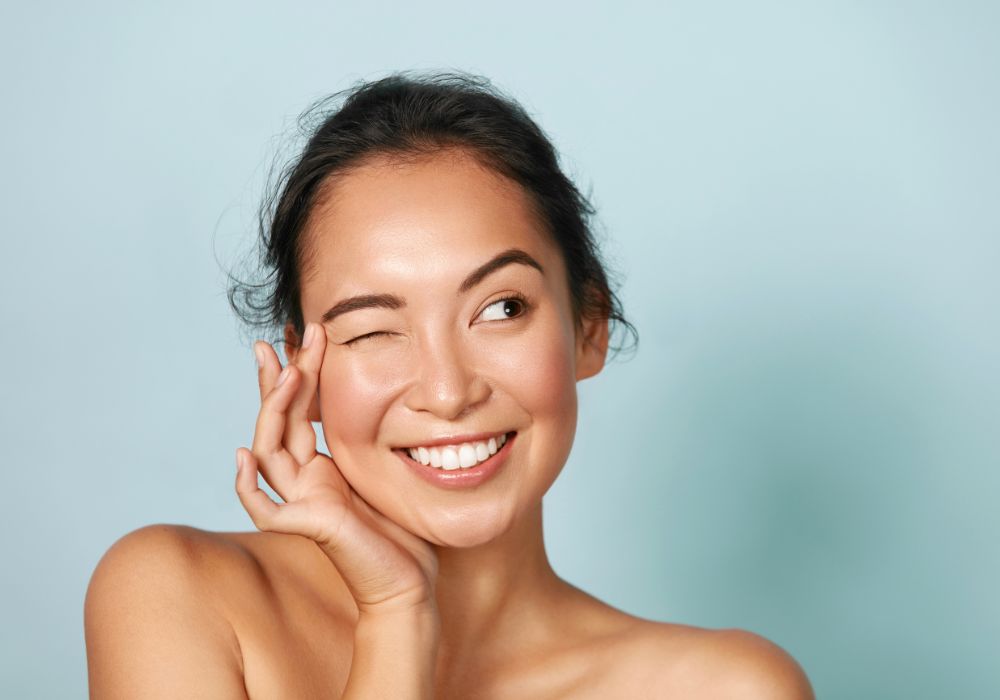Skin cycling is the latest trend in skincare that promises to optimize your skin’s health by rotating active ingredients in your routine. This method involves using specific products on certain days to prevent over-exfoliation and irritation while maximizing the benefits of each product. But is skin cycling the right approach for you? Let’s dive into the details, explore expert opinions, and review the science behind this trend.
What is Skin Cycling?
Skin cycling is a structured skincare routine that alternates between active treatments and rest days. Typically, it includes a four-night cycle:
- Night 1: Exfoliation – Using chemical exfoliants like AHAs (alpha hydroxy acids) or BHAs (beta hydroxy acids) to remove dead skin cells.
- Night 2: Retinoid – Applying a retinoid product to promote cell turnover and collagen production.
- Nights 3 & 4: Recovery – Focusing on hydration and barrier repair with gentle, soothing products.
How Does Skin Cycling Work?
The idea behind skin cycling is to give your skin time to repair and strengthen between active treatment nights. This can help minimize the risk of irritation, redness, and peeling, which are common side effects of overusing potent skincare ingredients.
My Experience with Skin Cycling
I started skin cycling a few months ago after hearing about its potential benefits. Initially, I was skeptical, as my skin tends to be sensitive. However, I decided to give it a try, hoping it would help me address some persistent issues like occasional breakouts and uneven skin tone.
My Routine
Night 1: Exfoliation
I began with a gentle exfoliant containing lactic acid. I noticed immediate smoothness and brightness the next morning. However, I was careful not to overdo it, using a low-concentration product.
Night 2: Retinoid
For the retinoid night, I chose a beginner-friendly retinol serum. The first few times, I experienced some mild peeling and redness, but this subsided as my skin adjusted.
Nights 3 & 4: Recovery
During recovery nights, I focused on hydration and nourishment. I used a simple hyaluronic acid serum followed by a rich moisturizer. These nights felt like a much-needed break for my skin.
Expert Insights on Skin Cycling
Balance and Flexibility
“Skin cycling is a great way to introduce intentional exfoliation and retinoid use into your routine, but it’s crucial to listen to your skin and adjust the frequency as needed.”
— Dr. Marisa Garshick, Board-Certified Dermatologist
Individualized Approach
“While skin cycling offers a structured approach to active ingredients, it’s not a one-size-fits-all solution. It’s important to consult with a dermatologist to determine the best approach for your specific skin type and concerns.”
— Dr. Tiffany Libby, Board-Certified Dermatologist
Customization
“The beauty of skin cycling is its flexibility. You can easily tailor the routine based on your individual needs and even integrate other skincare practices like masking or targeted treatments.”
— Dr. Kenneth Howe, Board-Certified Dermatologist
Gradual Introduction
“Skin cycling is a fantastic way to introduce retinoids to your routine, as it allows for gradual acclimation and minimizes potential irritation. However, consistent sun protection is absolutely vital, particularly during the retinoid nights.”
— Dr. Whitney Bowe, Board-Certified Dermatologist
The Science Behind Skin Cycling
Study 1: Efficacy and Tolerability
“The Efficacy and Tolerability of a Novel Skin Cycling Regimen for Acne and Hyperpigmentation”
This study investigates the effectiveness of skin cycling in treating acne and hyperpigmentation. Participants follow a skin cycling routine, and their skin is assessed for improvements in acne, dark spots, and overall skin health. Results show significant reduction in acne lesions and hyperpigmentation with minimal irritation, highlighting the regimen’s balance between efficacy and tolerability.
Study 2: Consumer Perceptions
“Consumer Perceptions and Experiences with Skin Cycling: A Qualitative Study”
This study explores individuals’ experiences with skin cycling through interviews and surveys. Participants report increased satisfaction with their skincare routine, fewer instances of irritation, and improved skin texture and tone. The study underscores the importance of personalization in skincare routines and the positive impact of structured approaches like skin cycling.
Key Takeaways
Consistency and Patience
Consistency is vital when it comes to skincare, and skin cycling helps you maintain a regular routine without overwhelming your skin. Patience is equally important, as it can take weeks to months to see significant improvements.
Personalized Approach
Skin cycling is not a one-size-fits-all solution. Adjust the frequency of exfoliation and retinoid use based on your skin’s needs and reactions. Consulting a dermatologist can provide personalized recommendations to optimize your routine.
Gentle Products
Choose gentle products, especially if you have sensitive skin. Avoid harsh exfoliants and high-concentration retinoids initially. Gradually increase potency as your skin builds tolerance.
Hydration and Sun Protection
Hydration is crucial, especially on recovery nights. Use moisturizers with ingredients like hyaluronic acid and ceramides to support the skin barrier. Always apply sunscreen during the day, particularly when using retinoids, as they increase sun sensitivity.
My Personal Tips
Start Slow
If you’re new to skin cycling, start with milder products and gradually introduce stronger formulations. This approach minimizes the risk of irritation and helps your skin adjust.
Monitor Your Skin
Pay attention to how your skin reacts. If you notice excessive dryness, redness, or breakouts, adjust the frequency of exfoliation or retinoid use. Your skin’s needs can change over time.
Hydrate and Protect
Prioritize hydration and sun protection. Recovery nights are essential for replenishing moisture and repairing the skin barrier. Use broad-spectrum sunscreen with at least SPF 30 during the day.
Conclusion
Skin cycling is a promising skincare trend that can help you achieve a balanced and effective routine. By alternating between active treatment nights and recovery nights, you can enjoy the benefits of potent ingredients without overwhelming your skin. Remember, consistency and patience are key, and always listen to your skin’s needs. Whether you’re a skincare novice or a seasoned enthusiast, skin cycling offers a structured and customizable approach to maintaining healthy, radiant skin.

